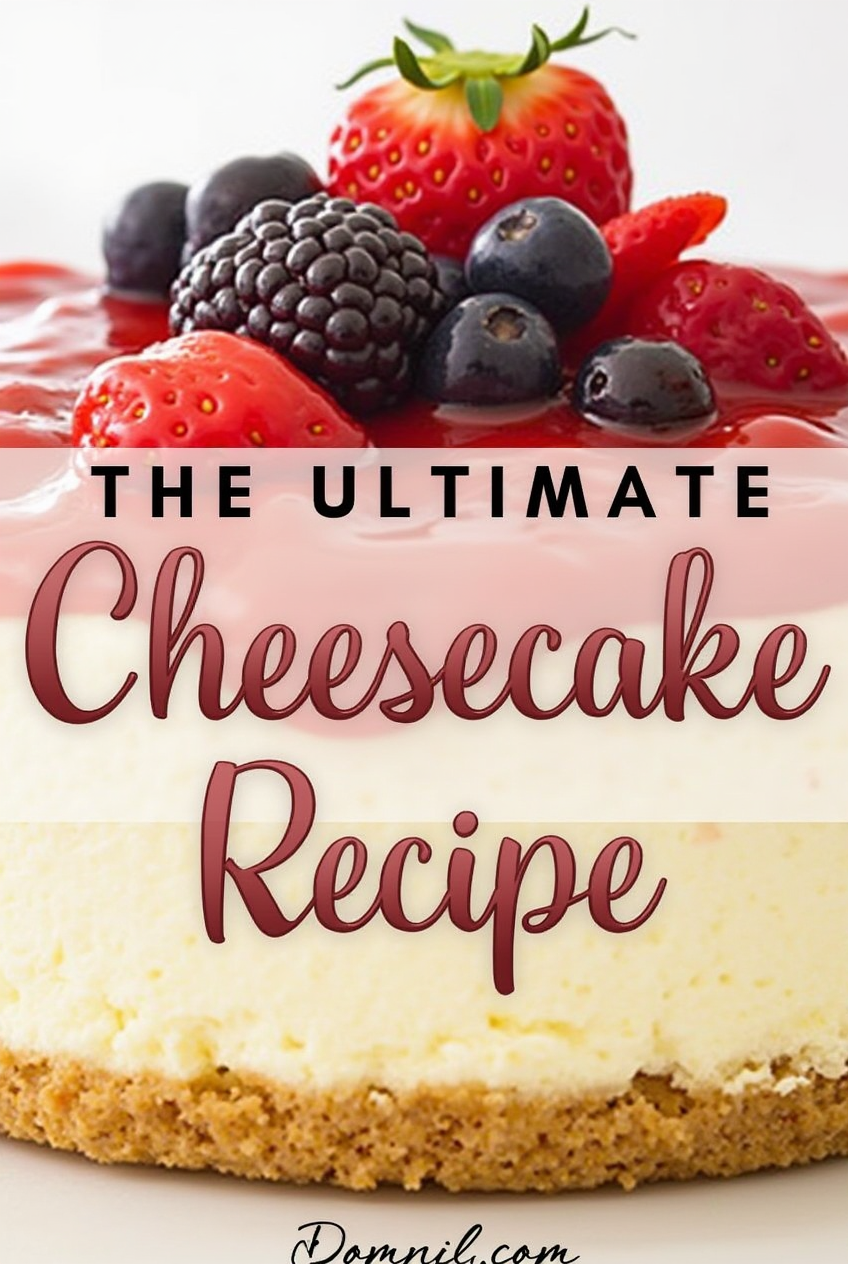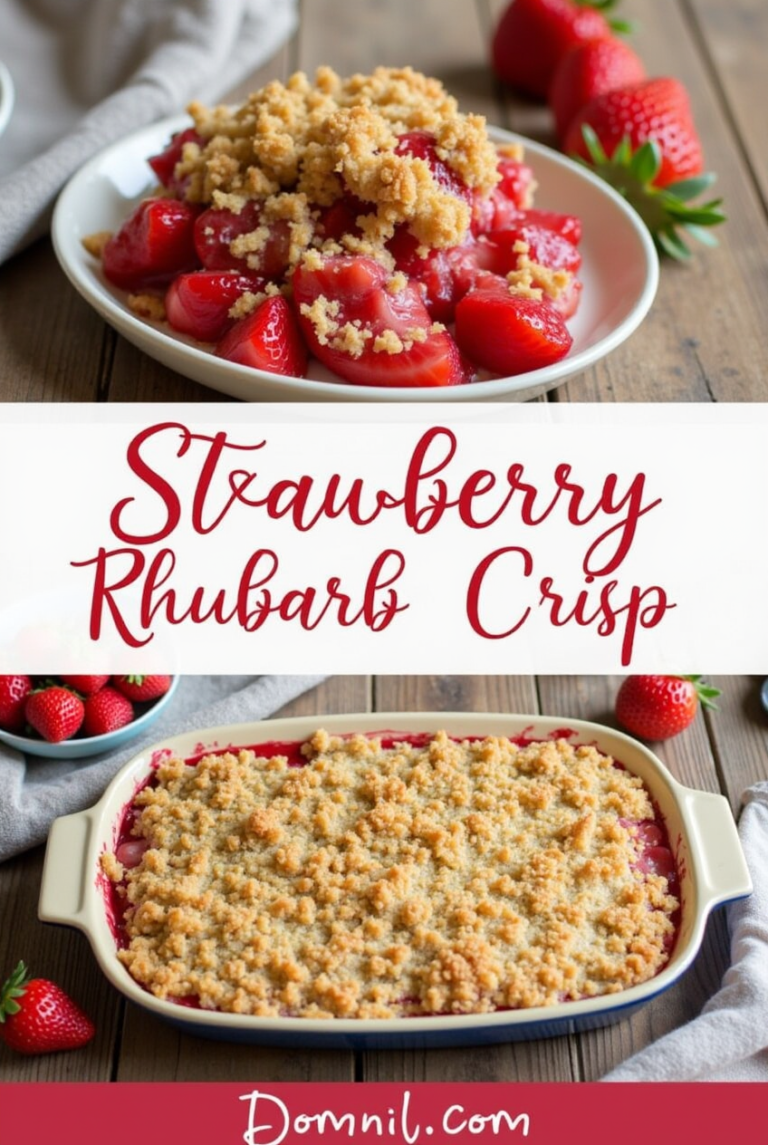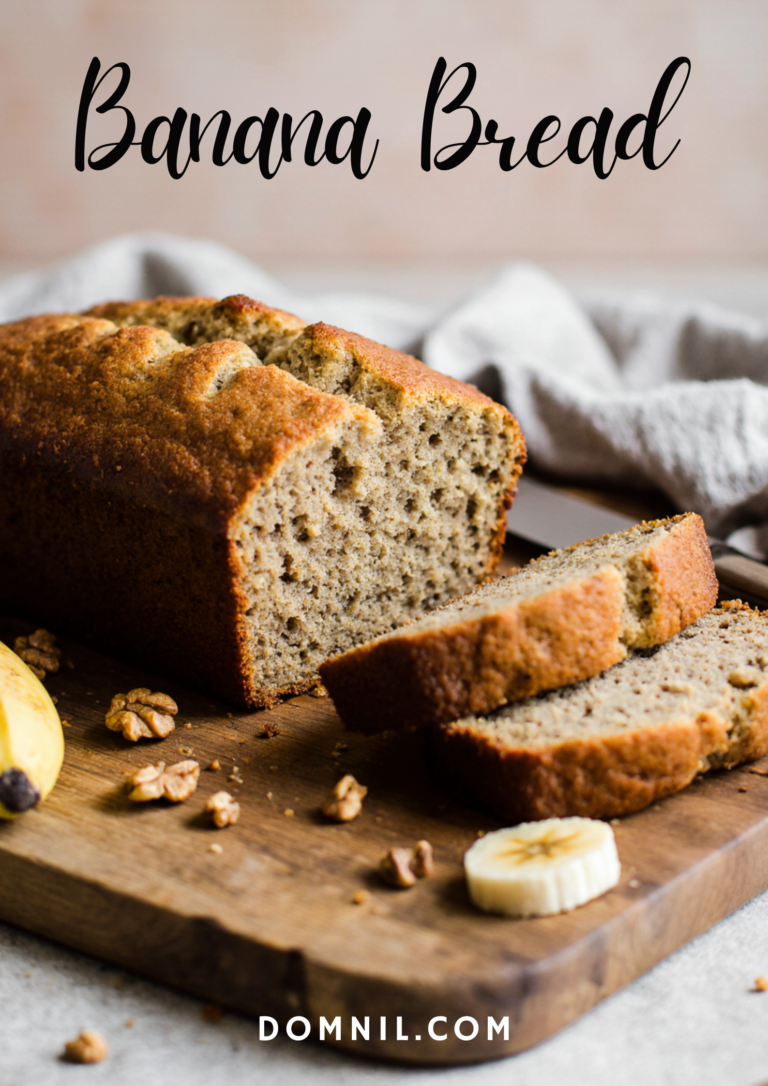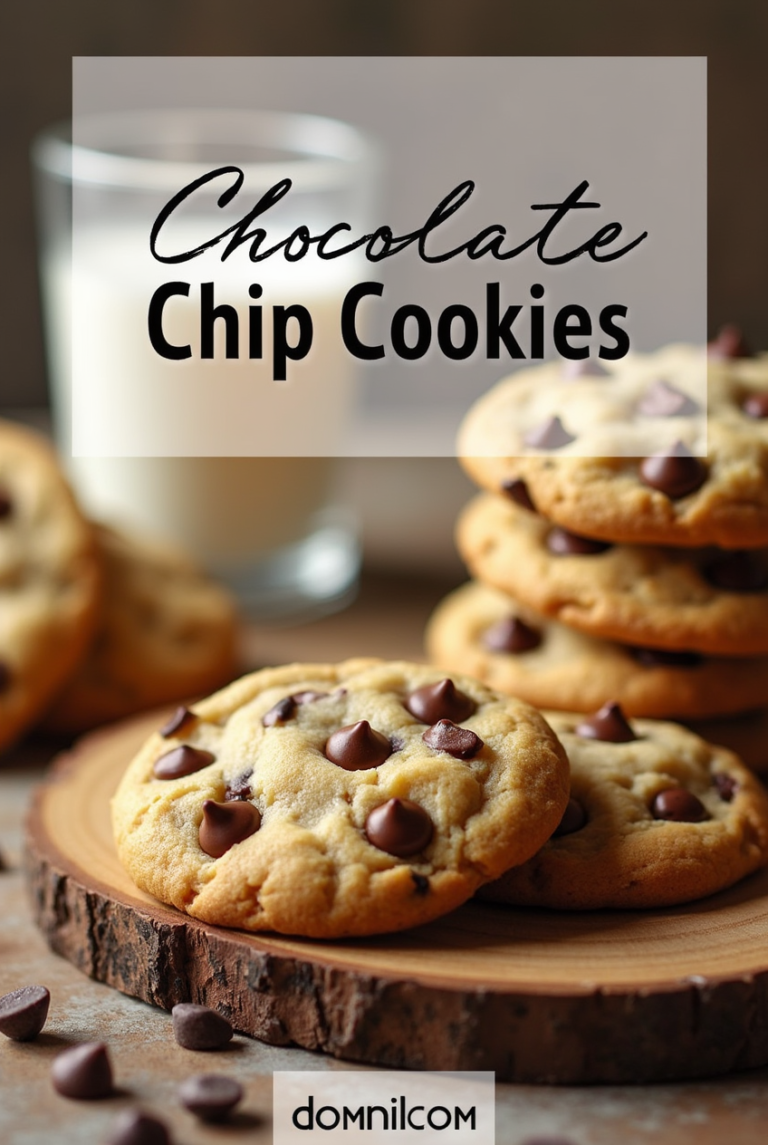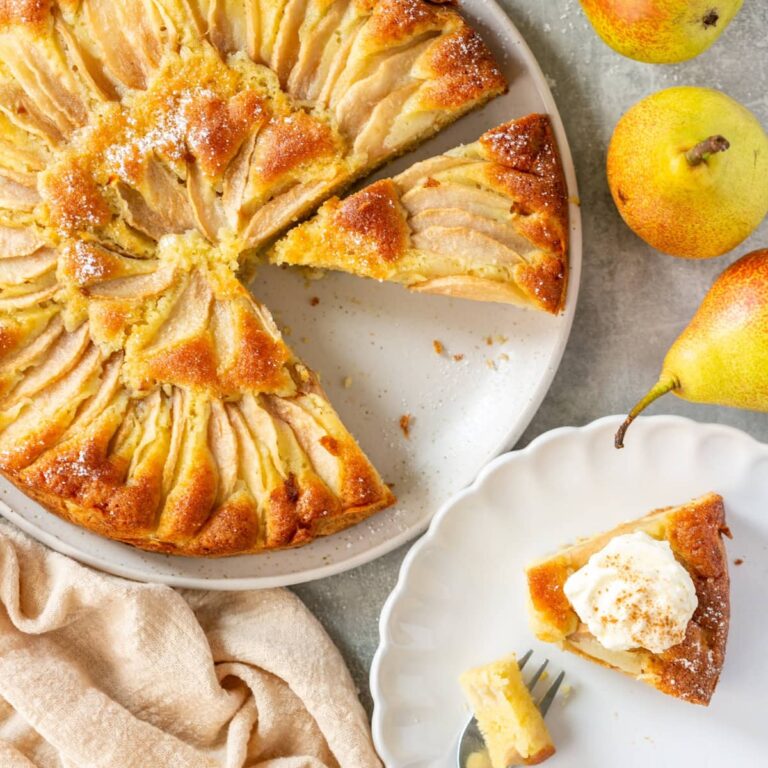The Ultimate Cheesecake Recipe: Creamy, Rich, and Irresistible
Cheesecake is one of the most beloved desserts worldwide, known for its smooth, creamy texture and rich flavor. It’s the perfect combination of a buttery, crunchy crust and a luscious, melt-in-your-mouth filling. Whether it’s a classic New York-style cheesecake, a chocolate-infused version, or a refreshing fruit-topped variation, this dessert never fails to impress.
If you’ve always wanted to make the perfect cheesecake recipe at home but were intimidated by the process, this detailed guide will walk you through every step. From selecting the best ingredients to baking, chilling, and serving it just right, you’ll master the art of cheesecake-making. Get ready to indulge in a dessert that’s as luxurious as it is delicious.
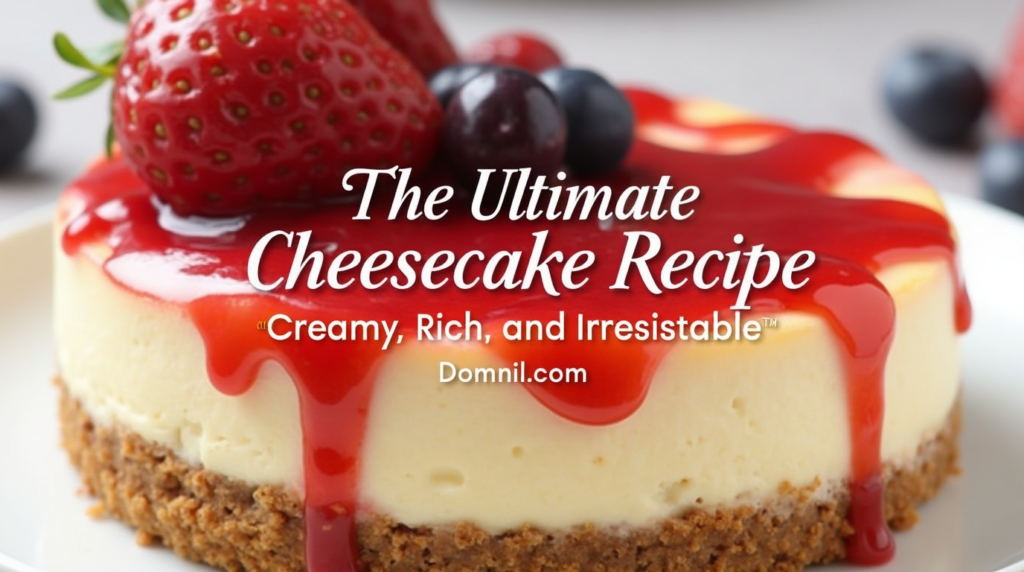
Table of Contents
What Makes Cheesecake So Irresistible?
Cheesecake is unique because of its creamy, custard-like consistency paired with a firm, slightly crunchy crust. Unlike regular cakes, it doesn’t rely on flour for structure but rather on eggs, cream cheese, and heavy cream. The balance of sweet and tangy flavors makes it stand out, and the best part is that it can be adapted into countless variations.
One of the reasons cheesecake is so universally loved is its ability to be customized. Some prefer a dense, rich New York-style cheesecake, while others enjoy a lighter, no-bake version. The flavor possibilities are endless—you can add chocolate, coffee, caramel, berries, or citrus for a fresh twist.
Another reason cheesecake is a favorite is its impressive presentation. Whether served plain, dusted with powdered sugar, drizzled with chocolate, or topped with fresh fruit, it always looks elegant. It’s the perfect dessert for birthdays, holidays, and special gatherings.
Essential Ingredients for the Perfect Cheesecake
A great cheesecake starts with the right ingredients. Each component plays an essential role in achieving the perfect taste and texture.
For the Crust:
The crust acts as a delicious foundation, adding a crunchy contrast to the creamy filling. The classic choice is a graham cracker crust, but other options like crushed Oreos, shortbread cookies, or digestive biscuits work well too.
- Graham cracker crumbs – The main base of the crust, offering a mild sweetness and a slight crunch.
- Granulated sugar – Adds a touch of sweetness to enhance the crust’s flavor.
- Unsalted butter (melted) – Binds the crumbs together and provides a rich, buttery taste.
For the Cheesecake Filling:
The filling is the heart of the cheesecake. A smooth, rich texture depends on the right mix of ingredients.
- Cream cheese – Full-fat cream cheese is best for a thick, velvety texture.
- Granulated sugar – Sweetens the filling while maintaining balance with the tanginess.
- Eggs – Essential for structure, creating stability without making the cheesecake too dense.
- Vanilla extract – Enhances the overall flavor with a hint of warmth.
- Sour cream – Adds a slight tanginess and makes the cheesecake extra creamy.
- Heavy cream – Softens the filling and creates a smooth texture.
Choosing the Right Equipment for Cheesecake Success
Having the right tools can make a big difference in the outcome of your cheesecake. Here are the essentials:
- Springform pan – This pan has a removable bottom, making it easy to release the cheesecake without damaging it.
- Mixing bowls – Useful for combining ingredients smoothly.
- Hand or stand mixer – Ensures a creamy, lump-free filling.
- Rubber spatula – Helps scrape the sides of the bowl to make sure everything is well incorporated.
- Measuring cups and spoons – Accuracy is crucial for the best texture and flavor.
- Baking sheet or roasting pan – Needed for the water bath method, which prevents cracking.
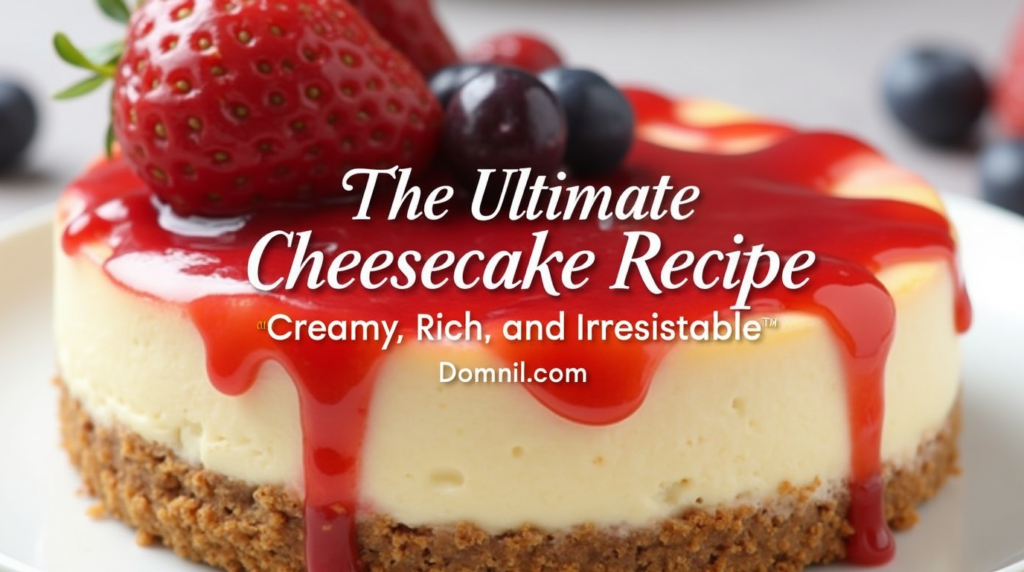
Step-by-Step Guide to Making Cheesecake
Cheesecake may seem complicated, but by following these simple steps, you’ll be able to make a perfect one every time.
Making the Crust
To start, graham crackers should be crushed into fine crumbs using a food processor or by placing them in a sealed bag and rolling over them with a rolling pin. The crumbs are then combined with sugar and melted butter until they resemble wet sand.
Once mixed, the crust should be pressed evenly into the bottom of a greased springform pan. Using a flat-bottomed glass or measuring cup helps compact the crumbs firmly. Pre-baking the crust at a moderate temperature helps set it before adding the filling.
Preparing the Cheesecake Filling
For a silky-smooth filling, it’s crucial that all ingredients, especially the cream cheese, are at room temperature. Cold cream cheese won’t blend well, leading to a lumpy batter.
The cream cheese should be beaten until smooth before adding sugar and vanilla extract. Eggs should be incorporated one at a time, mixing on low speed to avoid adding too much air. Finally, sour cream and heavy cream should be folded in for extra creaminess.
Baking the Cheesecake
Pour the batter over the pre-baked crust and smooth the top with a spatula. A water bath, also known as a bain-marie, is highly recommended. This involves placing the springform pan inside a larger roasting pan and filling the outer pan with hot water.
A water bath helps regulate the oven temperature and creates a moist environment, reducing the risk of cracks. The cheesecake should be baked until the edges are set, but the center still has a slight jiggle.
Cooling and Chilling the Cheesecake
Proper cooling is key to preventing cracks and achieving the perfect texture. The cheesecake should remain in the oven with the door slightly open for about an hour. Then, it should cool at room temperature before being transferred to the refrigerator for at least 4 hours, though overnight is best.
Tips for a Perfect Cheesecake Every Time
- Use room-temperature ingredients for a lump-free batter.
- Do not overmix once eggs are added, as this can create air bubbles that lead to cracks.
- Bake in a water bath to ensure even baking and prevent cracks.
- Cool gradually by letting the cheesecake rest in the oven before removing it.
- Chill for several hours before serving to allow the flavors to develop.
Popular Cheesecake Variations
New York Cheesecake
A dense, rich cheesecake made with extra cream cheese and a touch of sour cream for tanginess.
Chocolate Cheesecake
A chocolate lover’s dream, this version incorporates melted chocolate into the batter and is often topped with chocolate ganache.
No-Bake Cheesecake
This version requires no oven time and is made by folding whipped cream into a sweet cream cheese mixture. It’s light, airy, and refreshing.
Fruit-Topped Cheesecake
Fresh fruit like strawberries, blueberries, or raspberries add a natural sweetness and vibrant color to the cheesecake.
Storing and Serving Cheesecake
Cheesecake should always be stored in an airtight container or wrapped tightly in plastic wrap to keep it fresh. It lasts up to 5 days in the fridge and up to 3 months in the freezer.
For the best results when slicing, a knife should be dipped in warm water and wiped clean between cuts. This ensures clean, smooth slices.
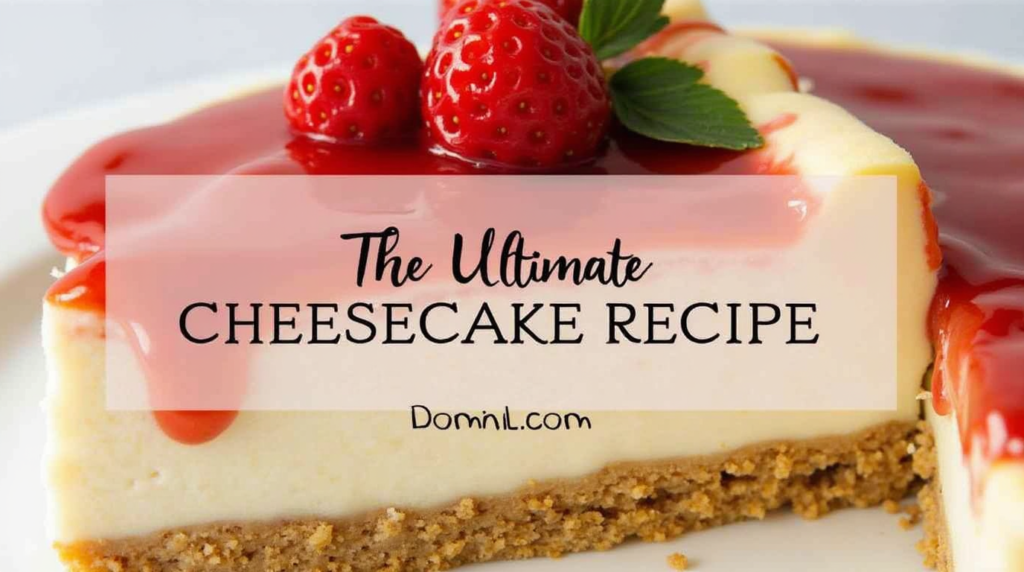
Conclusion
Cheesecake is an elegant and indulgent dessert that’s surprisingly easy to make with the right technique. From a classic New York-style cheesecake to rich chocolate or refreshing fruit-topped versions, there’s a cheesecake for everyone. With patience and attention to detail, you can master this beloved dessert and impress your friends and family.
FAQs
Can I make cheesecake without a water bath?
Yes, but a water bath helps prevent cracks and ensures even baking.
How do I fix a cracked cheesecake?
Topping it with fruit, whipped cream, or a chocolate drizzle can help conceal cracks.
What’s the best crust alternative?
Oreo crumbs, shortbread, or digestive biscuits work well as substitutes for graham crackers.
How long does cheesecake last in the fridge?
It stays fresh for about 5 days when stored properly.
Can I use low-fat cream cheese?
Yes, but it will alter the texture, making it less creamy.

